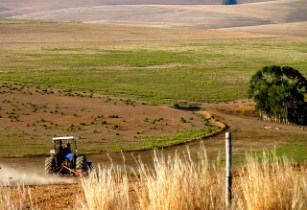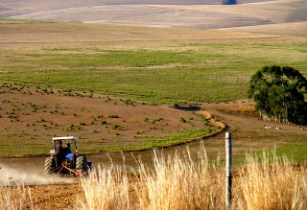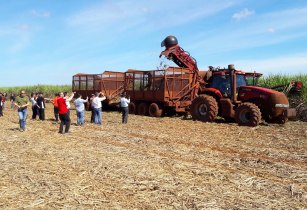In an announcement at the annual World Food Programme (WFP) executive board meeting, held from 12-15 June 2017, the African Union Commission (AUC) said that it will continue to work with WFP in enhancing the livelihoods of the African citizens
Crops
West Africa to organise fertiliser agribusiness conference in Ghana
In collaboration with CRU Events, African Fertiliser and Agribusiness Partnership (AFAP) will organise a three-day west Africa Fertiliser Agribusiness conference in Accra from 10 to 12 July 2017, aiming to improve fertiliser supply market and agribusiness value chain through the SMEs
AfDB’s agri-intervention benefits 5.6mn people in Africa
AfDB’s Annual Development Effectiveness Review 2017 (ADER) has manifested that around 5.6mn people in Africa have benefitted from the bank’s policy in upgrading Africa’s agriculture
IITA expands research investment with the inauguration of 205.5 ha research farm
As the International Institute of Tropical Agriculture (IITA) marks its 50th anniversary, the Institute inaugurated a new research station in Ago-Owu in Osun state, Nigeria, on 12 June, as part of efforts to expand its research agenda and create impact at farm level
Case IH Sugar Camp 2017 gives African famers insight into Brazilian sugarcane production
Case IH Sugar Camp 2017 held in Brazil gave its African and the Middle Eastern customers the opportunity to see world-class harvesters and manufacturing plants and to witness sugarcane’s growing importance as a renewable energy source













